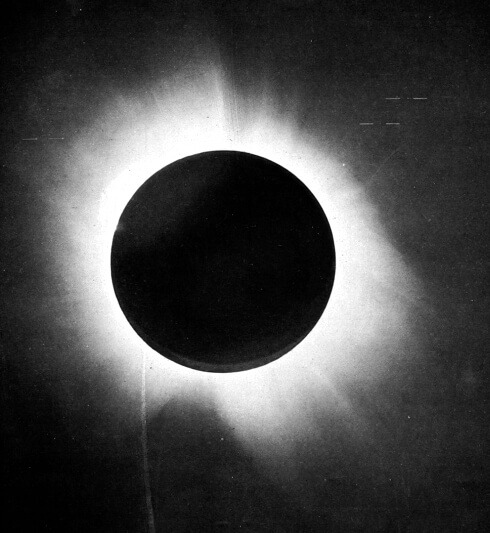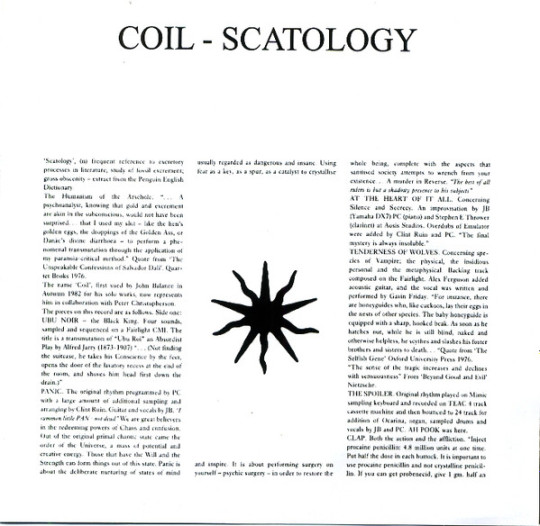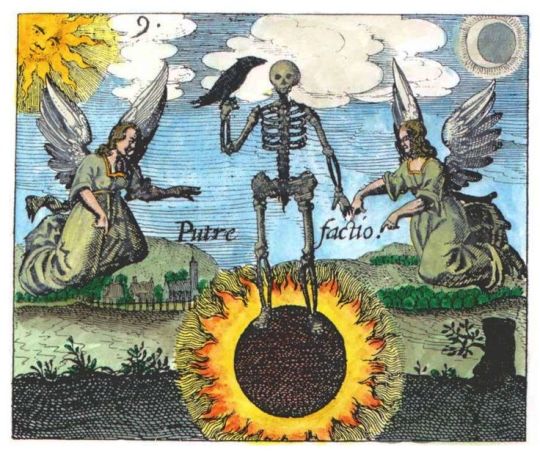#Dresden Codex Eclipse Glyphs
Explore tagged Tumblr posts
Text
Some honourable mentions:





Eclipse Moodboard







#Barabbas 1961#Hindu Grahana#Dark Souls 3 (again)#“A day when nothing happened” by Eduardo Valdés-Hevia#Dresden Codex Eclipse Glyphs
11 notes
·
View notes
Text
Mayan History (Part 34): Calendars
The priests used their knowledge of maths mainly for their calendars - there were three of them.
The Haab year (or the Vague Year) corresponded to our own year. There were 18 months, or uinal, and they each had 20 days - 360 days in total. The remaining 5 - 5 1/2 days were known as unlucky days, or uayeb, and they were devoted to religious ceremonies concerned with the New Year.
The Tzolk’in was a sacred calendar. It had 20 months, and they each had 13 days - 260 in total. We don’t know why or how this calendar originated.
The Long Count was an extension of the Haab calendar. It began with the unit one one Haab year, termed a tun, and led back to a mystic year of 3113 BC. The Long Count calendar went as follows:
20 kin (days) = 1 uinal (month)
18 uinal = 1 tun (year)
20 tun = 1 katun (7,200 days or 20 years)
20 katun = 1 baktun (144,000 days or 400 years)
20 baktun = 1 piktun (2,880,000 days or 8,000 years)
20 piktun = 1 kalabtun (57,6000,000 days or 160,000 years)
20 kalabtun = 1 kinchiltun (1,520,000,000 days or 3,200,000 years)
20 kinchiltun = 1 alautun (23,040,000,000 days or 64,000,000 years)
Each day had two labels - one for the Haab year, and the other for the Tzolk’in year. Each day of the Tzolk’in year corresponded with the same day in the Haab year once every 18,980 days - i.e., every Tzolk’in 73 years. 73 Tzolk’in years equalled 52 Haab years, and then the cycle began again. (A Haab year being 365 days.)
This cycle was sometimes referred to as the Calendar Round. It held special meaning for the Maya, especially for pyramid-building.
There were certain hieroglyphs for the gods presiding over certain days, and also time glyphs indicating the katun, baktun, etc, into which a recorded event falls.
The Maya had at least two other calendars, including a lunar calendar. Eventually, the Mayan mathematicians were so accurate that they were albe to calculate the lunar month’s length as 29.53020 days - compared to our modern-day calculation of 29.53059 days!
This precision was achieved by a series of equations which included the formula: 405 lunations = 11,959.88 days = 46 Tzolk’in years of 260 days. They then cross-checked this with other calendric equations.
The other calendar was the Venusian calendar. They knew that the Morning Star and Evening Star were the same planet (many ancient peoples didn’t know this), and so they worked out that the synodical year of Venus was about 584 days. (It’s actually 583.92 days.)
They then worked out that 65 Venusian years = 104 Haab years = 146 Tzolk’in years. (The Venusian cycle also happens to be exactly double the Calendar Round.) They weren’t quite accurate in their calculations, so errors crept in after a long time (although it would only be out by one day per 6,000 years), and they corrected them.
Most of the information on the Venusian cycle, and other astronomical data, is in the Dresden Codex (it is called that because it is held in Dresden), one of the three surviving Mayan books. One of the astronomical tables may refer to the synodic year of Mars (780 days); others may refer to Mercury & Jupiter. However, all this is uncertain.
The Mayan priests could predict solar & lunar eclipses with the calendars, which enabled the proper rites to be observed, and those who were considered to be in danger during eclipses to stay inside (e.g. pregnant women).
#book: everyday life of the maya#history#horology#astronomy#maya#mesoamerica#mexico#yucatán peninsula#guatemala#belize#honduras#haab year#tzolk'in year#long count#calendar round#lunar calendar#venusian cycle#dresden codex
4 notes
·
View notes